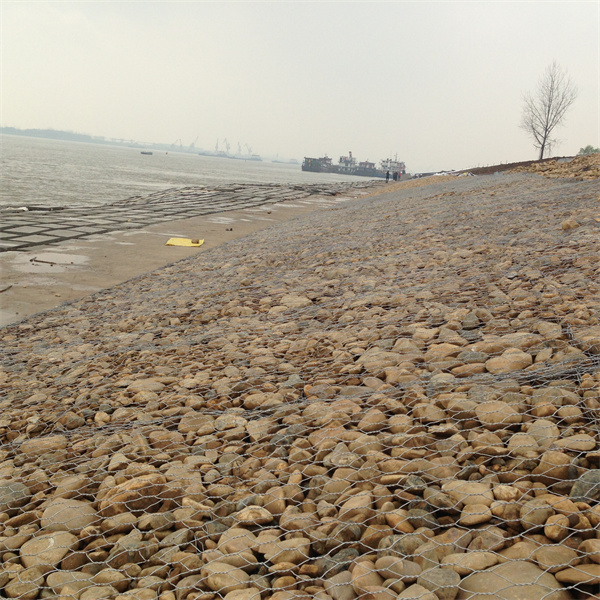ئاب . 08, 2024 04:55 Back to list
Exploring Manufacturers of Filled Gabion Baskets and Their Impact on Modern Landscaping Solutions
The Role of Filled Gabion Baskets in Modern Construction
Filled gabion baskets have gained significant popularity in the construction and landscaping industries due to their versatility, environmental benefits, and ability to provide aesthetic appeal. These structures, made from wire mesh, are filled with various materials such as rocks, concrete, or recycled materials, creating a robust solution for various applications. This article will explore the significance of filled gabion baskets, their manufacturing process, and their diverse applications in modern construction.
Understanding Gabion Baskets
Historically, gabion baskets were used for military fortification and erosion control. Today, their utility has expanded, serving both functional and decorative roles. Gabion baskets can be constructed in various sizes and shapes, tailored to meet specific project requirements. Their design allows for excellent drainage, making them an ideal choice for flood control and hillside stabilization.
Manufacturing Filled Gabion Baskets
The production of filled gabion baskets involves several stages, starting with the selection of high-quality materials. The wire mesh used for gabions is typically made of galvanized steel or PVC-coated wire, ensuring durability and resistance to corrosion. Factories specializing in gabion baskets adhere to strict quality control standards during the manufacturing process, ensuring the final product meets industry regulations and longevity requirements.
Once the wire mesh is fabricated into baskets, they are filled with chosen materials. Common fillings include locally sourced rocks, which not only supports the local economy but also minimizes the carbon footprint associated with transport. Other innovative fillers like recycled glass or concrete have also gained traction, aligning with the growing trend towards sustainability in construction.
Applications of Filled Gabion Baskets
filled gabion baskets factories

1. Erosion Control and Retaining Walls Filled gabion baskets are highly effective for controlling soil erosion along riverbanks and slopes. Their porous structure allows water to drain through, reducing hydrostatic pressure and minimizing the risk of failure.
2. Landscaping and Aesthetics Beyond functionality, gabion baskets serve as appealing landscaping features. They can be used to create garden walls, seating areas, or decorative structures that enhance the natural beauty of an environment while providing structural stability.
3. Noise Barriers In urban development, filled gabion baskets can act as effective noise barriers. Their mass and structure can absorb sound, making them ideal for protecting residential areas from the noise pollution of busy roads or industrial sites.
4. Flood Protection In flood-prone areas, gabion baskets can be deployed as temporary barriers to redirect water flow or prevent flooding. Their adaptability and easy installation make them a quick solution in emergency situations.
5. Bridge and Road Construction Engineers increasingly incorporate filled gabion baskets in bridge and road construction to provide additional support. They can be used as part of the substructure or slope stabilization systems, enhancing the overall durability and safety of transportation networks.
Conclusion
Filled gabion baskets are an innovative solution that combines practicality with environmental consciousness. As the construction industry continues to evolve, the demand for sustainable and versatile materials is only expected to grow. Factories that specialize in the production of filled gabion baskets play a crucial role in supporting this demand, ensuring that builders have access to high-quality products that meet the unique challenges of today’s construction projects. With their myriad applications, gabion baskets are likely to remain a staple in both structural and aesthetic landscaping solutions, proving that functionality and design can go hand in hand.
-
The Role of Galvanized Gabion Mesh in Riverbank Protection
NewsJun.26,2025
-
The Role of Gabion Basket Raised Bed in Sustainable Gardening
NewsJun.26,2025
-
Quality Assurance of Wire Mesh Gabion Baskets
NewsJun.26,2025
-
Installation Guide for Welded Gabion Box
NewsJun.26,2025
-
How to Choose the Right Gabion Box
NewsJun.26,2025
-
Different Types of Gabion Wire Mesh
NewsJun.26,2025
-
Why PVC Coated Gabion Mattress Is the Best Solution for Long-Term Erosion Control
NewsMay.23,2025






